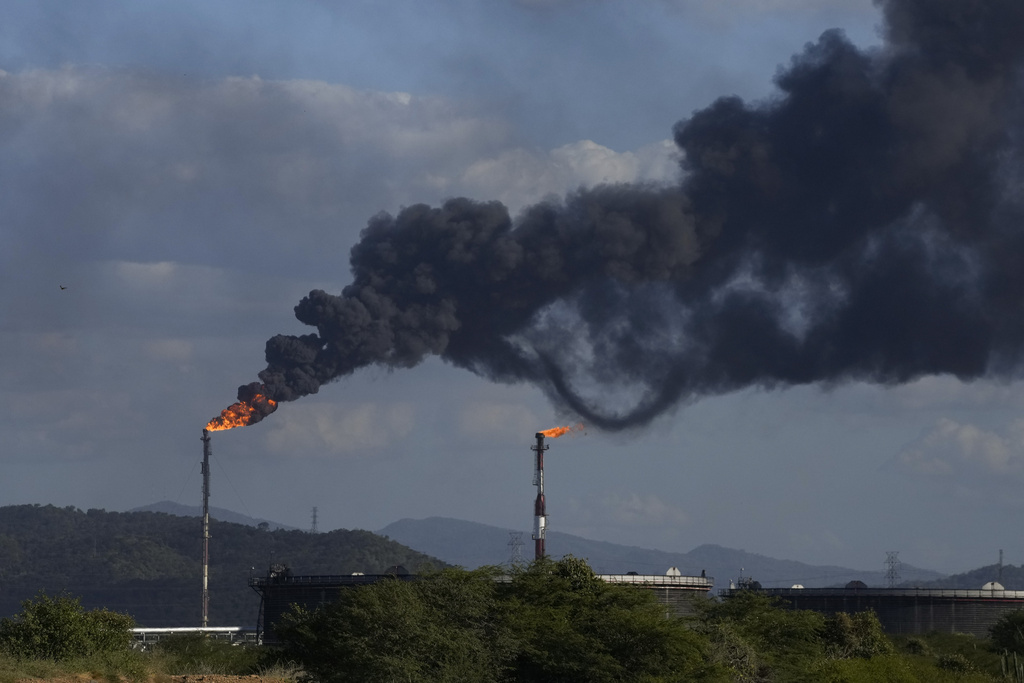Earth has moved outside a "safe operating space for humanity," according to a new study that assessed the health of nine important environmental measurements.
The research published on Wednesday measured Earth's air pollution, biodiversity, chemical pollution, climate, fertilizer pollution, freshwater health, land use, ocean acidity, and ozone layer health.
All of the measurements except for levels of air pollution, ocean acidity and the ozone layer were beyond safe levels, the study found. Ocean and air pollution were also becoming more evident.
Researchers say these so-called "planetary boundaries" determine the relative health of the planet for humans.
They were established based on other peer-reviewed science that has identified safe living conditions, such as a 350 parts-per-million level of CO2 in the atmosphere.
Staying within these identified limits results in a generally safe environment, while exceeding them makes the whole planetary system more vulnerable.

Floods, heat waves, hurricanes, wildfires surging worldwide this year
Natural disasters have caused approximately $194 billion in global losses during the first half of 2023.
This team of researchers first measured the nine boundaries in 2009, where they found five of the nine categories had exceeded safe limits. Since then, freshwater health has been added to the unsafe category, because levels of runoff have worsened and scientists' ability to measure the water system has become more precise.
The factors are all interconnected, researchers say. Their models have shown that as single factors degrade, like the health of the climate or the level of biodiversity, other vital signs may also decline as a result. On the other hand, improving some areas of the Earth system may also cause improvement in other areas.
Cleaning up our land use and conserving forests, the researchers write, could be "one of the most powerful means that humanity has at its disposal to combat climate change," while encouraging biodiversity may also decrease pollution and improve water health.
“Biodiversity is fundamental to keeping the carbon cycle and the water cycle intact,” said co-author Johan Rockstrom, the director of the Potsdam Institute for Climate Impact Research in Germany. “The biggest headache we have today is the climate crisis and biodiversity crisis.”
There is some disagreement among scientists about whether the planetary boundaries model is accurate enough to show where Earth's true limits are, and how they all interact. But many agree that the new research clearly shows the risks of approaching or exceeding them.









